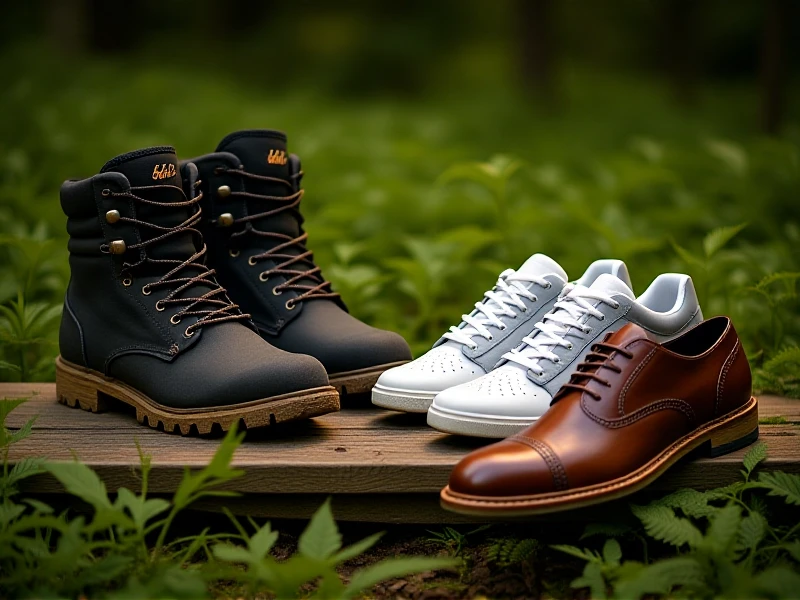
Your Guide to Finding the Perfect Hiking Boots for Every Trail
Tired of sore feet and blisters ruining your outdoor adventures? Your hiking boots are arguably your most crucial piece of gear. Choosing the right pair means comfort, support, safety, and ultimately, miles upon miles of happy trails. Forget "one-size-fits-all"; the best hiking boots match your specific needs. Here's how to find your sole companions:
Understanding the Terrain and Your Needs: Start with where you hike most. Are you tackling rugged mountain ascents with steep inclines and scree fields, exploring well-maintained forest paths, or navigating muddy wetlands? For technical, ankle-stressing terrain, hiking boots with high ankle support (mid-cut or high-cut) and aggressive Vibram® or comparable outsoles provide essential stability. Less demanding trails might call for the lighter flexibility of hiking shoes. For heavy packs or backpacking adventures, sturdy boots offer the necessary support and durability.
Fit is King (and Queen!): A poorly fitting boot spells disaster. Always try boots on in the afternoon when feet are naturally swollen. Wear the hiking socks you intend to use. Your heel should be locked firmly in place with minimal slippation to prevent blisters. Ensure ample wiggle room for your toes – about a thumb's width beyond the longest toe. Walk uphill and downhill on an incline if possible in the store. Feel for any pressure points; boots rarely stretch significantly where you need them to. Remember, brands vary wildly in sizing! Don't assume your usual size is correct.
Key Construction Considerations:
- Material: Full-grain leather offers excellent durability, water resistance, and support but is often heavier and requires breaking in. Split-grain leather/nylon combinations are lighter and more breathable but may be less durable and waterproof. Synthetic options are lightweight, quick-drying, and ideal for warmer weather, though potentially less robust long-term.
- Waterproofing: Boots with Gore-Tex®, eVent®, or proprietary membranes offer crucial protection in wet or snowy conditions. However, membrane liners add weight and reduce breathability. Non-waterproof boots excel in hot, arid climates or for fast-and-light hiking where breathability is paramount. Ensure your chosen waterproof hiking boots actually meet the conditions you face.
- Support & Cushioning: Look for a stiff shank inserted between the outsole and midsole for stability on uneven ground. The midsole cushioning absorbs impact; thicker cushioning generally means more comfort on long hikes but potentially less trail feel.
- Outsole: Rubber compounds vary in grip and durability. Look for deep, multi-directional lugs for traction in mud and loose terrain. The hardness balances wear resistance with grip.
Don't Forget Break-In and Care: Brand new hiking boots deserve a proper break-in! Start with short walks around your neighborhood or local park before attempting epic adventures. Regularly clean your boots after hikes (remove dried mud gently) and apply appropriate conditioners (especially leather) to maintain waterproofing, suppleness, and longevity. Store them upright in a cool, dry place.
Investing time in selecting the ideal hiking boots pays back exponentially in trail comfort and confidence. Understand your terrain, prioritize a flawless fit, choose features wisely, and care for them well. Your feet will thank you over countless miles and breathtaking vistas! Lace up the perfect pair and hit the trail!